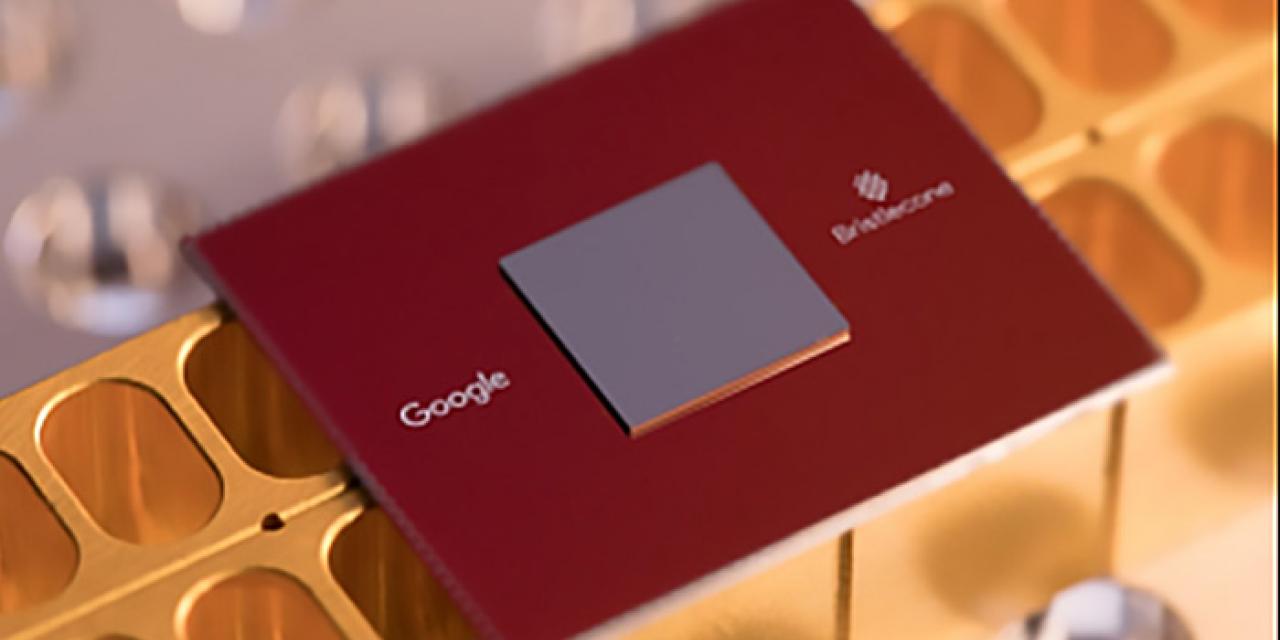
On the march towards a true end to Moore's Law, Google has developed a new processor which operates on quantum mechanics, which in theory, could usher in a new era of computing. Although we aren't quite there yet, Google's new Bistlecone technology holds the potential to take us there.
Existing CPUs work on a binary scale, that is the billions of transistors on a single die can either turn on or off. A quantum computer can have many more states, thereby increasing the complexity of singular instructions by inordinate measures. That could increase performance over existing computing systems by thousands or even millions of times in specific scenarios, giving us huge leaps in computing power and ushering everything from fully realized virtual reality, to human-intelligence and beyond AI systems.
Bristlecone is a 72 qubit quantum processor and its error rate is low enough (around one percent) that it is approaching quantum supremacy -- that is, it can operate at a faster rate than a super computer. Bristolecone's one percent error rate is achieved using a 9-qubit linear array, while single qubit gates have a 0.1 percent error rate and two-qubit gates have a 0.6 percent error rate, as per Hexus.
Although Google's new processor can't beat traditional supercomputers just yet, it's well on the way to doing so and when it does, it would be a huge step for quantum computing in general, potentially beginning the first steps to moving well beyond the traditional silicone gate technology we employ currently.
"Operating a device such as Bristlecone at low system error requires harmony between a full stack of technology ranging from software and control electronics to the processor itself," Google warned, but said that it was hopeful that it will succeed in the not so distance future.








